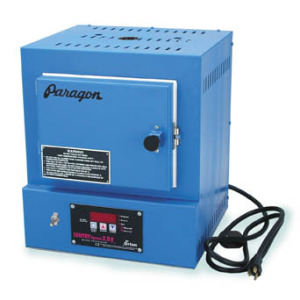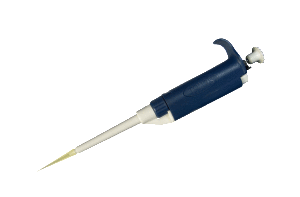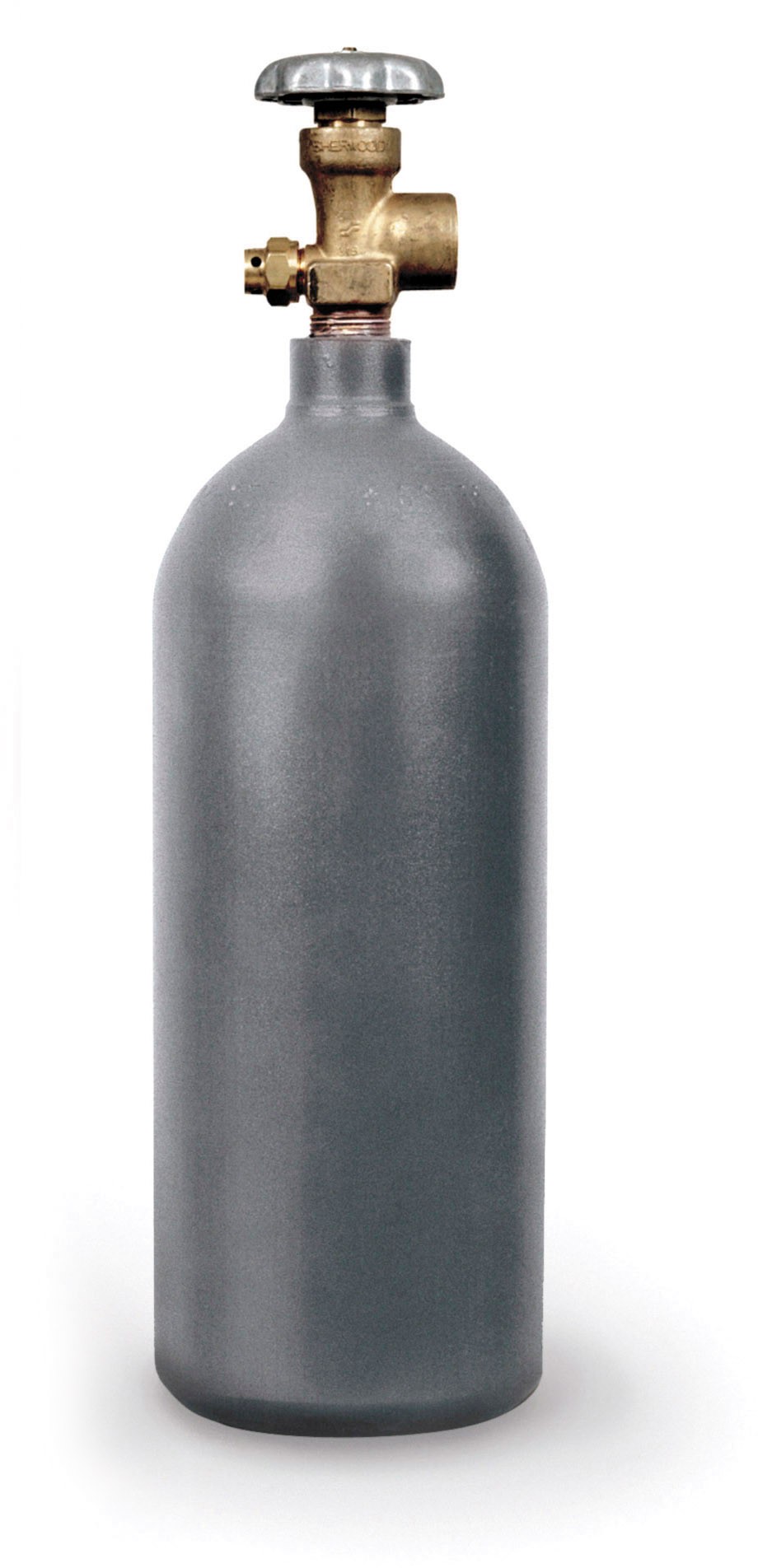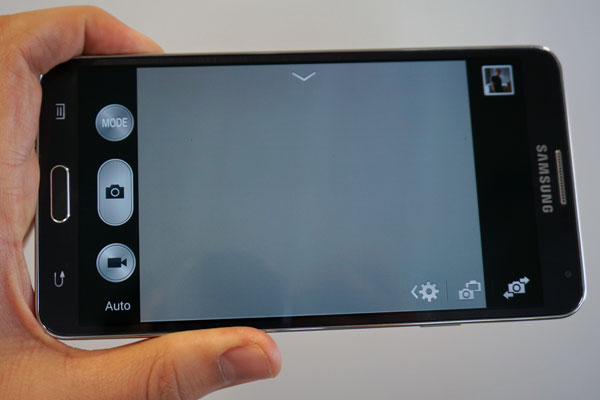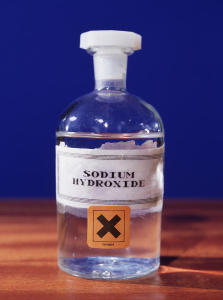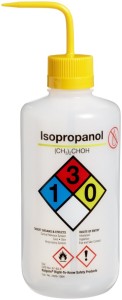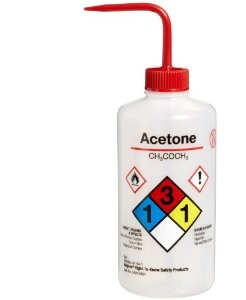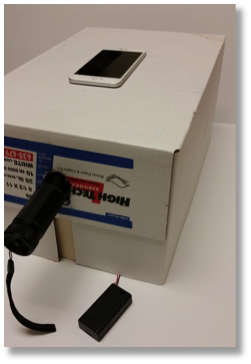The Kit
The HARPOON kit is assembled and packaged by Dr. Jenny Schuttlefield-Christus’ group at UW Oshkosh. Kits are shipped out once payment is received. The HARPOON kit costs $120 + plus shipping costs. See below for materials included with kit purchase. If you would like to order a kit, please email us through the contact page and include both a billing and shipping address for us to include on an invoice.
These materials are provided with the purchase of a kit ($120):
32 oz Salad dish from Dart Solo
FTO‐coated glass slides, 3” x 3” square (Additional pieces available from Hartford Glass Co. Phone: 765-348-1282. Ask for 3 x 3″ TEC15 glass).
3V Battery power supply (2 AA batteries required)
Salad dish lid from Dart Solo
Fluorescent mesh screen (Mesh from Grainger part #3DLP3, paint from Innovative Scientific Solutions Incorporated- Binary UniCoat Pressure Sensitive Paint)
Graphite rod (Available from Wale Apparatus, part 12-1201, 1/8” diameter x 12” length)
2 UV (395nm) LED flashlights by Esco-Lite (requires 3 AA batteries)
Additional items required not provided with the kit:
Kiln that can hold 500 degrees C for 3 hours (Small jewelry kilns like Paragon SC2 tend to be cheap and work well. Often the school art department has a kiln the group can borrow as well)
Micropipette (5-25 μL range) and disposable tips (Cheap version with 25 μL range)
The assembled HARPOON kit:
The dish setup goes inside of the box. The UV flashlights in the side of the box will shine upon the glass plate and mesh screen. The illuminated mesh screen should be viewable through a filtered hole in the top of the box. Every 30 seconds for 10 minutes, a photo of the screen will be taken with a cellphone camera positioned on top of the hole.
Data processing:
Students will upload their photos to a computer and use the public-domain image processing software, ImageJ, to process the data. The image processing steps have been mostly automated by the development of Java code macros. In the final step, assay activities are mapped onto compositional diagrams to reveal promising “hits.”

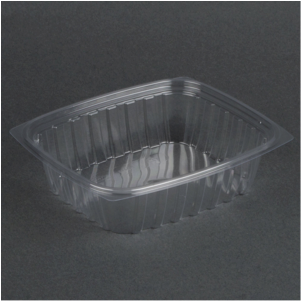
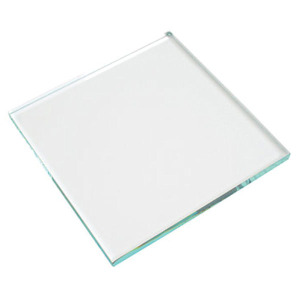

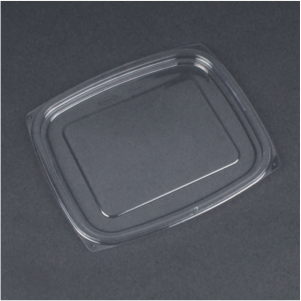

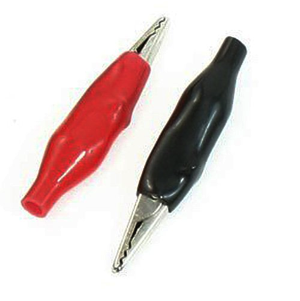
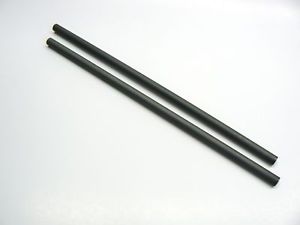

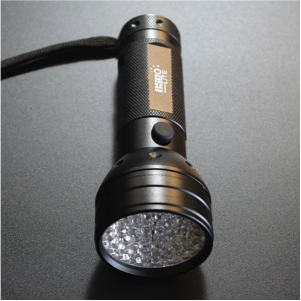
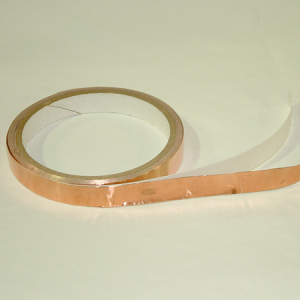
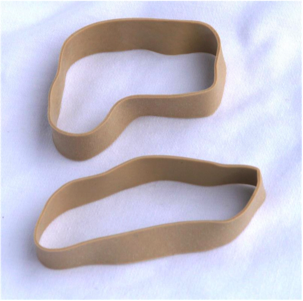
![par-56-101-yellow-lighting-filter-colour-effects-gel-theatre-dj-party-lights-678-p[ekm]299x224[ekm]](http://thesolararmy.org/wp-content/uploads/2015/01/par-56-101-yellow-lighting-filter-colour-effects-gel-theatre-dj-party-lights-678-pekm299x224ekm.jpg)
